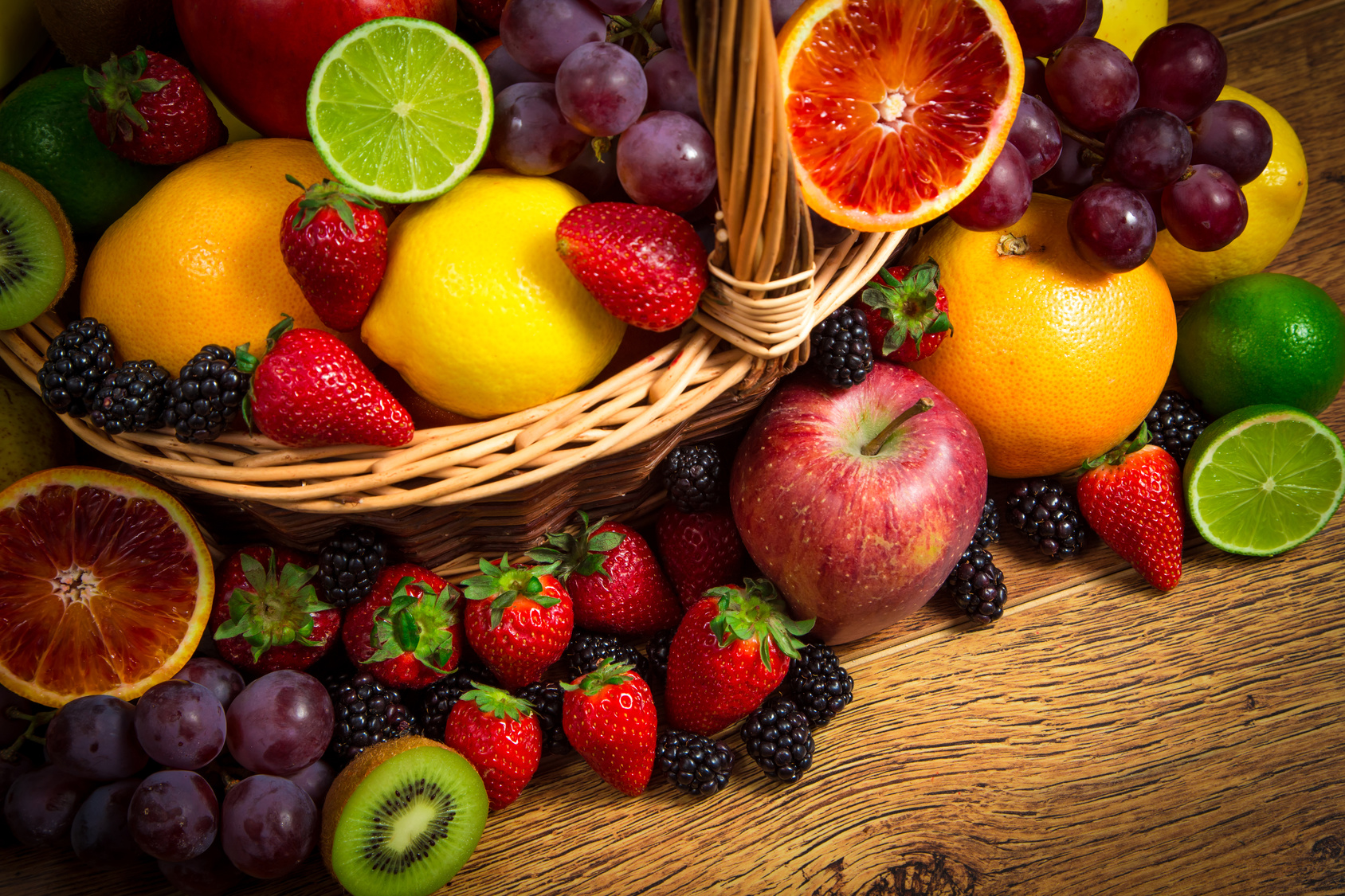Obesity is associated with an increased risk of death from COVID-19, particularly in patients over 65 years old.
But who tends to be obese in this country?
In America, people who live in the most poverty-dense counties are the most prone to obesity. Counties with poverty rates over 35% have obesity rates 145% greater than wealthy counties.
For Black people, money is not enough to save us. Middle-class Black families are more likely to live in high-poverty neighborhoods than are low-income White families. This of course is not of their own choosing but because of systemic racism. (Please see suggested reading below to learn more).
Individuals who live in low income areas have poor access to fresh food. Poverty-dense areas are oftentimes “food deserts,” which means good luck finding produce. 43% of households with incomes below the poverty line are food insecure, which means they don’t have enough food or don’t know where their next meal is coming from (Think grandma who lives alone, has no car and no driver’s license, public transportation sucks and a grocery store is not within walking distance. I have seen this in Los Angeles and I know it exists in other urban areas).
Food insecurity affects almost 12% of families in the US and has been linked to obesity and diabetes. 40% of Black and Hispanic parents are food insecure so it’s no surprise that Black adults have a 50% obesity rate. Black women make up the bulk of that with a 57% obesity rate. Obesity is a disease of malnutrition.
People in food insecure households have double the risk of developing type 2 diabetes compared to people in food secure households, even after controlling for age, gender, income, race, physical activity, smoking status, alcohol consumption, diet quality, and BMI (source).
But here’s what we can do about this:
Health coaches are trained to hold in-store demonstrations of healthy food items, provide healthy recipe handouts, and help people read and understand nutrition labels. It just so happens this is what local grocers need to encourage demand for healthy foods. Events around these activities can also spur awareness and demand in areas that are in need.
You can step up your entrepreneurship game even more and purchase commercial property to house a health food store and wellness space for the community. We talk about that on today’s episode of the Raw Food Health Empowerment Podcast.
I got certified by IIN but as of December 2023, I am an official partner of The Plant Protocol which has top notch business acumen, coaching, and personal development for coaches of color. You can learn more about the program here.
This program is not cheap nor is starting a business. I went all in on my businesses because I believed in myself to make things happen and I did make them happen.
Episode Resources:
🍊 Self Care Salon – the place where women learn to use food and lifestyle to get to their healthiest weight.
💞 Join the Facebook Group for support on your wellness journey
🧘🏿 It’s not just a certification. It’s a movement. Learn more about The Plant Protocol.
📖 My book, You Can Afford to Be Healthy
📧 E-mail me to submit a question and get featured on the Raw Food Health Empowerment Podcast
Book Recommendation:
// HOST Samantha Salmon
Certified Integrative Nutrition Coach and Ambassador of Health and Happiness
// CO-HOST Dorrell Hylton Salmon
Mom, Wife, Hair Doctor, Beauty Parlor Counselor, and Prayer Warrior
The information provided in this broadcast is for educational purposes only and is not intended as medical advice. These statements have not been evaluated by the food and drug administration, or the equivalent in your country. Any products/services mentioned are not intended to diagnose, treat, cure, or prevent disease.
RawFoodMealPlanner.com © 2021

Leave a Reply